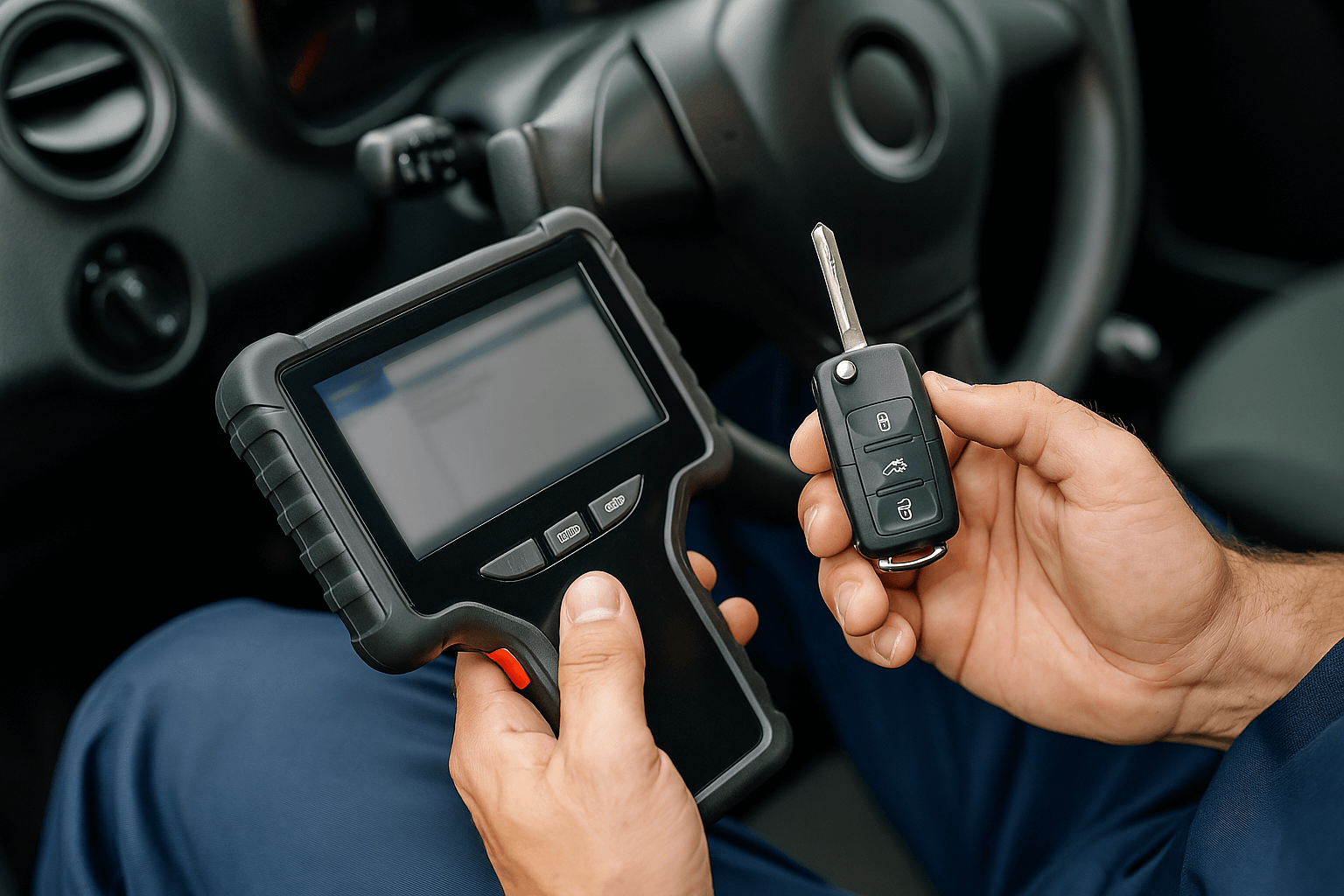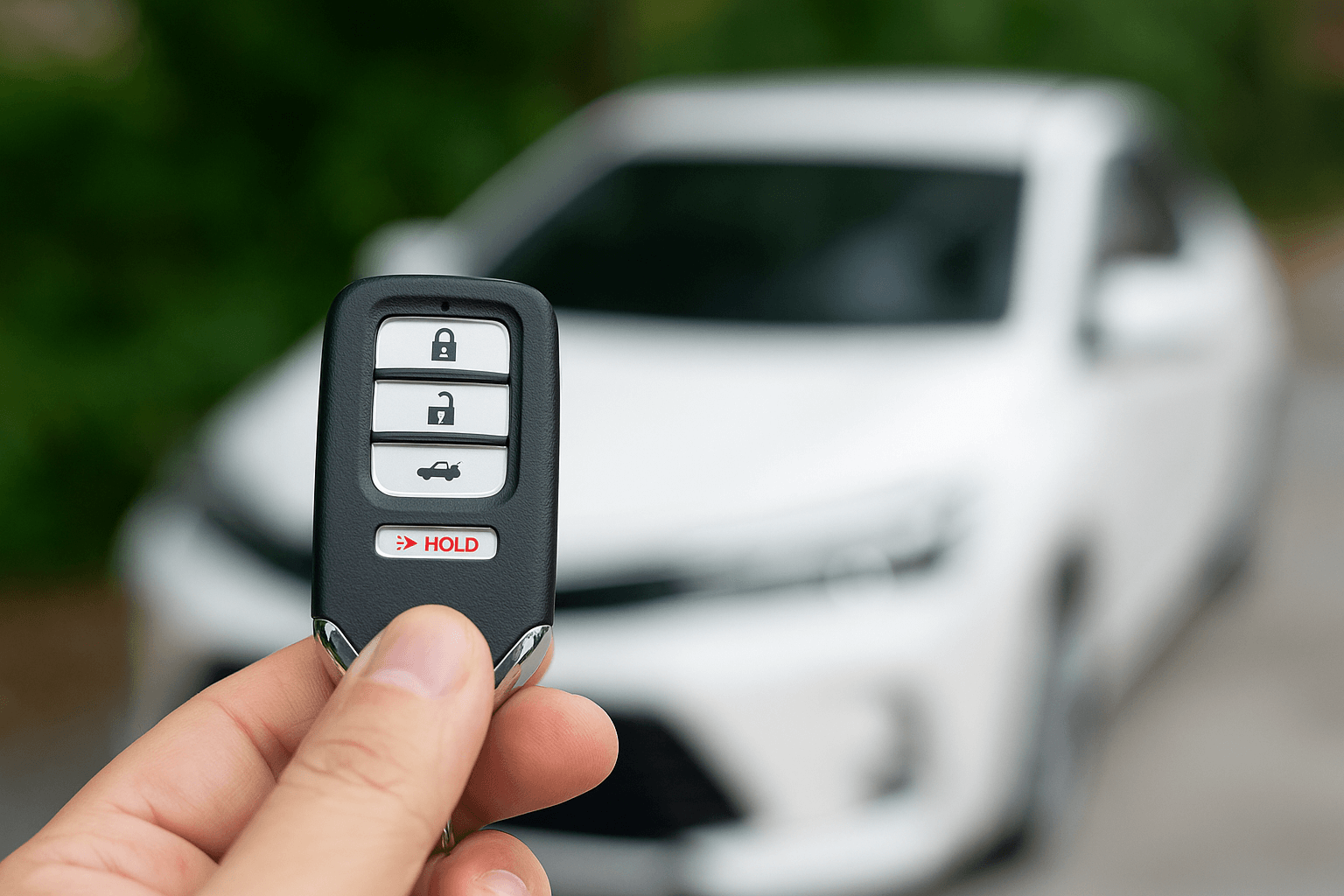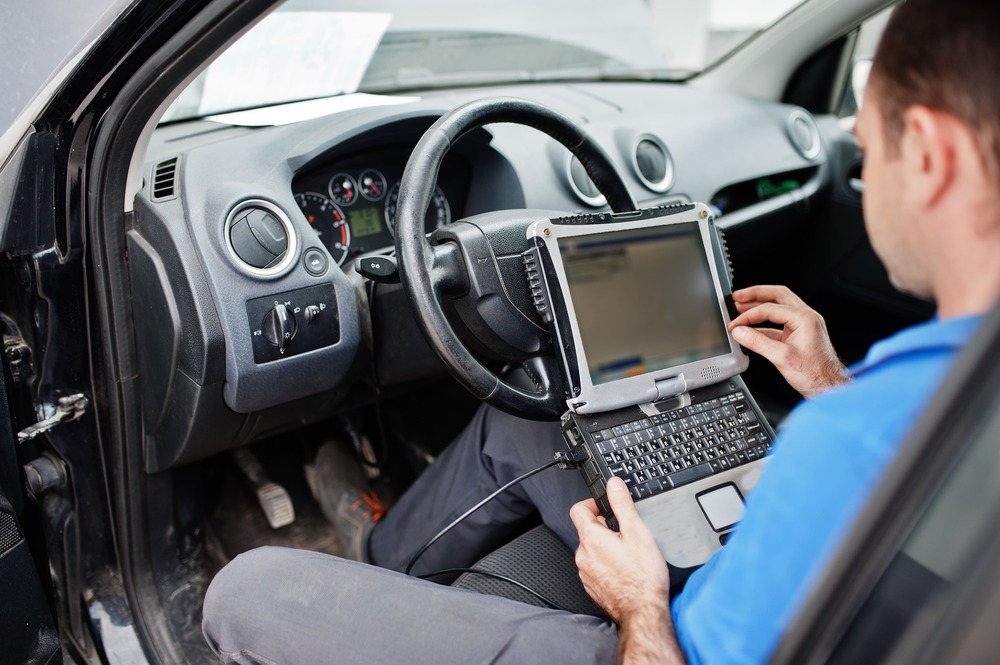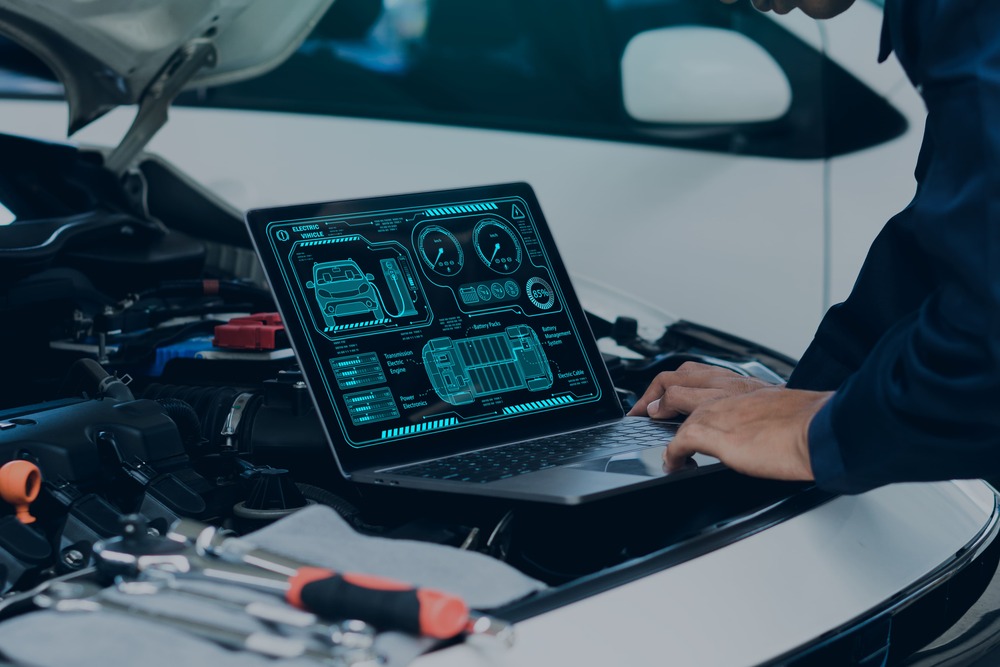The Increasing Role of Computers in Enhancing Vehicle Aerodynamics
The role of computers in vehicle design and performance has grown significantly, with particular advancements in the field of aerodynamics. Modern vehicles, from everyday passenger cars to high-performance sports cars and efficient electric vehicles, rely increasingly on sophisticated computer models and simulations to optimize their aerodynamic properties. This integration not only improves fuel efficiency and emissions but also enhances vehicle stability and speed.
Call (305)860-1440 For 24/7 Service
How Computers Enhance Vehicle Aerodynamics
- Computational Fluid Dynamics (CFD):
- Description: CFD is a tool that uses numerical analysis and data algorithms to solve and analyze problems involving fluid flows. Engineers use CFD to simulate aerodynamic performance in different conditions without the need for physical prototypes.
- Impact: This allows for rapid iteration and optimization of designs to reduce drag, improve fuel efficiency, and enhance downforce in performance vehicles.
- Wind Tunnel Simulation:
- Description: Previously, wind tunnel testing required scale models and extensive physical testing. Now, computers can simulate wind tunnel data to predict how modifications affect airflow at various speeds.
- Impact: This reduces the cost and time of development, allowing for more thorough testing and refinement before production.
- Active Aerodynamics:
- Description: Vehicles are increasingly equipped with active aerodynamic systems, such as adjustable spoilers, air vents, and suspension settings that are controlled by computer systems.
- Impact: These systems dynamically adjust to speed, wind conditions, and driving behavior to optimize stability and drag reduction, enhancing both safety and performance.
- Integration with Vehicle Systems:
- Description: Aerodynamic optimization is not standalone; it integrates with other vehicle systems like propulsion and thermal management, all coordinated by advanced computer systems.
- Impact: Improved overall efficiency and performance as computers manage the balance between aerodynamics, engine cooling, and energy consumption.
Challenges and Future Directions
- Data Management: As computational methods become more complex, managing vast amounts of data from simulations and real-world testing becomes a challenge.
- Real-World Accuracy: Ensuring that simulations accurately reflect real-world conditions is crucial. Ongoing advancements in software and computing power continue to improve the fidelity of these simulations.
- Sustainability Focus: Future developments will likely focus more on reducing environmental impact, using aerodynamics to further decrease fuel consumption and emissions in new generations of vehicles.
FAQ
Q: What are the benefits of improved vehicle aerodynamics? A: Better aerodynamics lead to reduced air resistance, which can lower fuel consumption, increase battery range in EVs, enhance vehicle stability, and improve overall performance.
Q: How accurate are computer simulations in predicting real-world aerodynamic performance? A: While highly accurate, simulations are continually calibrated and validated against physical wind tunnel tests and track testing to ensure they accurately mirror real-world conditions.
Q: Can aerodynamics be adjusted in real-time by computers in regular passenger vehicles? A: Yes, some modern vehicles feature active aerodynamic systems like adjustable spoilers or grille shutters that adapt in real-time, controlled by the vehicle’s computer systems based on driving conditions.
Q: What is the role of AI in improving vehicle aerodynamics? A: AI and machine learning are being integrated into simulation software to predict outcomes more accurately, optimize designs faster, and automate the adjustment of active aerodynamic systems during vehicle operation.
Conclusion
The increasing use of computers in vehicle aerodynamics represents a significant shift in how vehicles are designed and operated. With advancements in computational tools and integration with vehicle systems, engineers are able to achieve optimal designs that balance performance, efficiency, and environmental considerations. As technology progresses, the role of computers in this field will only expand, leading to smarter, faster, and more efficient vehicles.







